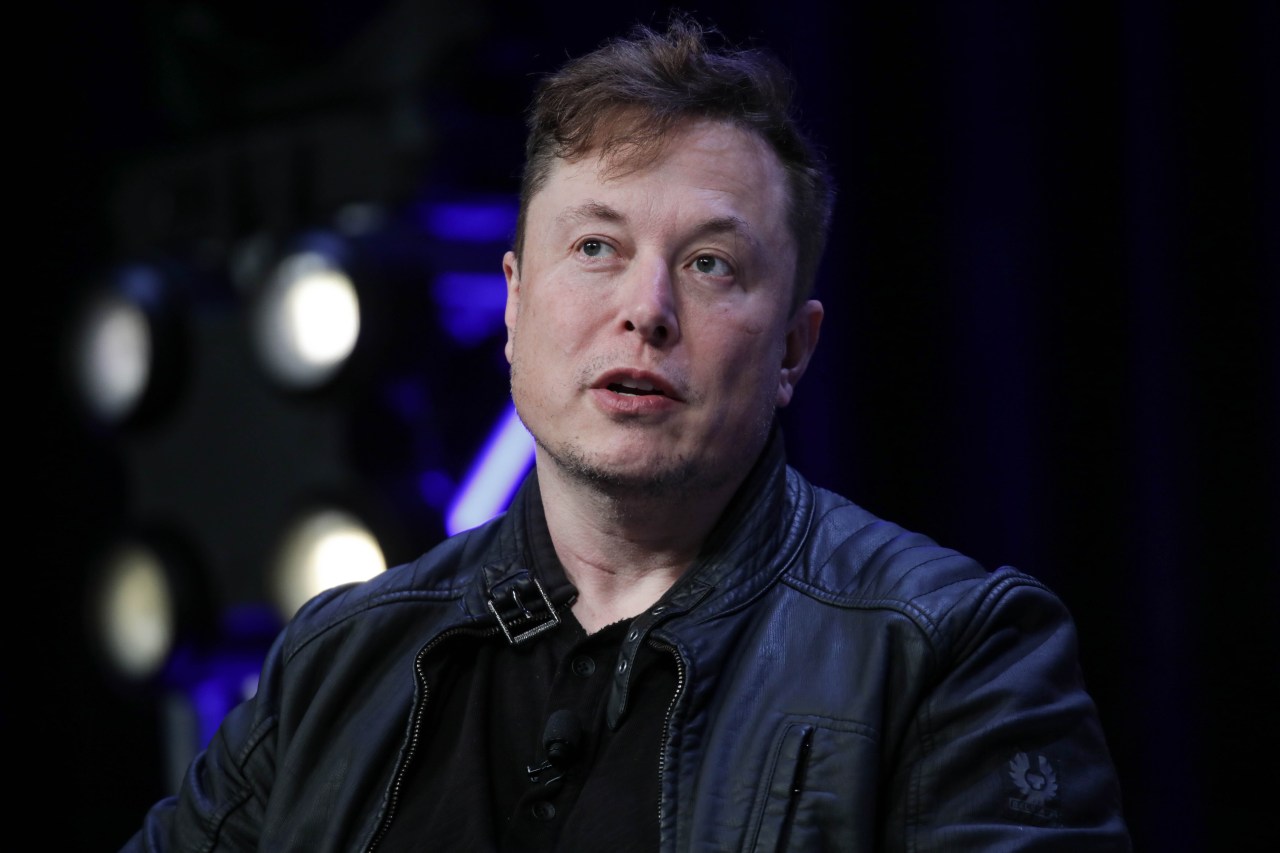As we tread deeper into the 21st century, the realm of transportation continues to evolve at an astonishing pace. Among the vanguards leading this transformative journey is none other than Elon Musk, the CEO of Tesla. During Tesla’s first quarter 2022 earnings call, Musk unveiled an ambitious plan to launch dedicated robotaxis by 2024—a timeline that propels the company into a complex, yet exhilarating, race towards self-driving innovation. In this blog, we will explore what this means for Tesla, the broader autonomous vehicle landscape, and the implications these developments could have on the share of transportation costs in our daily lives.
The Vision Behind Tesla’s Robotaxi
Musk’s vision of a robotaxi service is nothing short of revolutionary. According to him, the dedicated robotaxi will operate without steering wheels or pedals, optimizing it for complete autonomy. This design choice underscores Tesla’s commitment to pushing the envelope on what it means to drive—essentially, steering away from traditional vehicle layouts entirely.
However, Musk isn’t naive about the challenges that lie ahead. Securing necessary regulatory approvals is no easy feat, especially in a state like California, where legal frameworks are still defining the parameters of autonomous travel. Yet, Musk remains optimistic, sensing that once this service launches, it could become a “massive driver” of growth for Tesla.
A Competitive Landscape
The road to mass-producing robotaxis is paved with competition. Tesla finds itself in a fierce race against other players in the autonomous vehicle sector, including Waymo, Cruise, and Zoox, all of which have been actively pursuing autonomous ride-hailing services for years. This competitive backdrop raises intriguing questions: Is Tesla pivoting away from its current strategy, which focuses heavily on enhancing its existing vehicles with autonomous features? Or is it developing these parallel paths simultaneously?
While many players have taken a more cautious approach, Tesla’s aggressive timeline indicates its eagerness to change the game. Building a dedicated robotaxi from the ground up could offer Tesla unique advantages, allowing it to design a vehicle optimized solely for ride-hailing operations.
The Cost Factor
Musk claims that Tesla’s robotaxis will revolutionize the cost landscape of transportation. Picture this: a ride in a Tesla robotaxi potentially costing less than a bus ticket or a subsidized subway fare. If realized, this could redefine public transport accessibility, providing a cost-effective alternative for many consumers.
This strategy addresses a pressing need, as many current Tesla vehicles remain financially out of reach for average consumers. With robotaxis, the vision for widespread accessibility begins to crystallize. Imagine an urban landscape where high-quality transportation is available at an unprecedented low cost—fostering inclusivity in mobility like never before.
Technological Considerations
One of the pivotal discussions surrounding Tesla’s approach to autonomy revolves around its choice of sensor technology. Unlike many industry competitors who rely on combinations of cameras, radar, and lidar, Tesla has placed its bet on a vision-based system heavily reliant on cameras. While this strategy has its proponents, it also raises questions about the robustness of their technology in varied real-world conditions.
Musk himself acknowledged the hurdles in achieving full self-driving capabilities, admitting that the road has been a rollercoaster of optimism and setbacks. He emphasized that true autonomy demands solving complex challenges in artificial intelligence, particularly those akin to human perception in varied driving scenarios.
The Road Ahead
Despite the challenges, Musk’s tenacity shines through. “To sell full self-driving,” he notes, “you actually have to solve real-world artificial intelligence, which nobody has solved.” This commitment to advancing AI is crucial not just for Tesla, but for the industry as a whole. As the challenge of achieving autonomous driving remains at the forefront of discussions, every milestone reached could trigger ripple effects across technology, regulation, and consumer acceptance.
Conclusion
In a nutshell, Tesla’s aspirations toward deploying a dedicated robotaxi by 2024 are optimistic, ambitious, and fraught with challenges. Yet, as Elon Musk continues to pave the way for transformative technology in transportation, one thing is clear: the landscape is prepared for change. With a revolutionary robotaxi service potentially reshaping cost dynamics and transportation accessibility, the industry watches closely. At **[fxis.ai](https://fxis.ai)**, we believe that such advancements are crucial for the future of AI, as they enable more comprehensive and effective solutions. Our team is continually exploring new methodologies to push the envelope in artificial intelligence, ensuring that our clients benefit from the latest technological innovations. For more insights, updates, or to collaborate on AI development projects, stay connected with **[fxis.ai](https://fxis.ai)**.

